You can contact LEARNZ, part of CORE Education, at:
Postal Address:
PO Box 13 678,
Christchurch 8141,
New Zealand
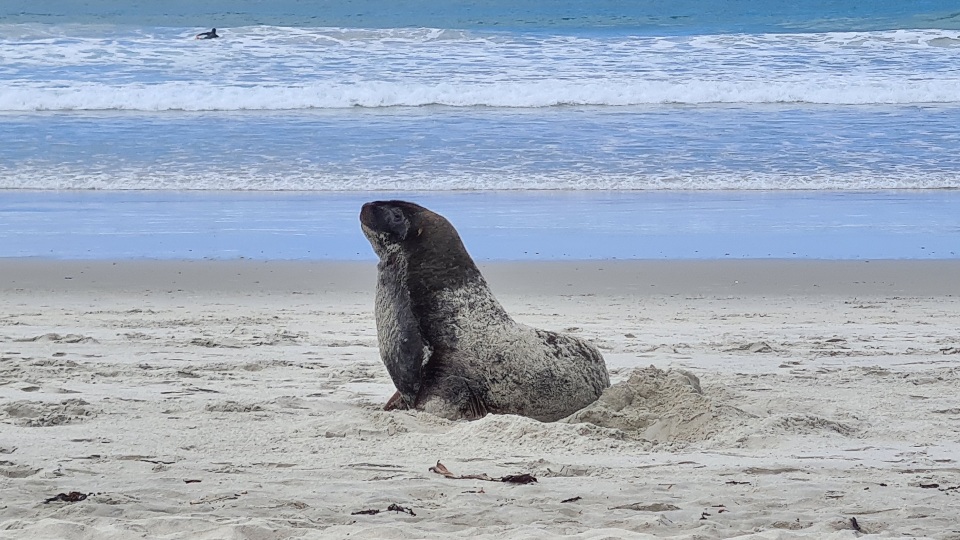
Sea lions are super important to Māori, especially Ngāi Tahu. They've got this cool and ongoing connection with the New Zealand sea lion, also known as pakake, whakahao and kake. In te reo Māori, the girl sea lion is called kake, and the dude is whakahao. Pakake is like the general name for all New Zealand sea lions in the southern Māori way of talking. And get this, the name rāpoka wasn't usually used by Southern Māori for sea lions, but for leopard seals instead.
Pakake were valued as a taoka species by Ngāi Tahu whānui. They used everything – the flesh, bone and fat – for food, decoration, tools and medicine. They were a symbol referred to in kōrero, whakataukī and waiata.
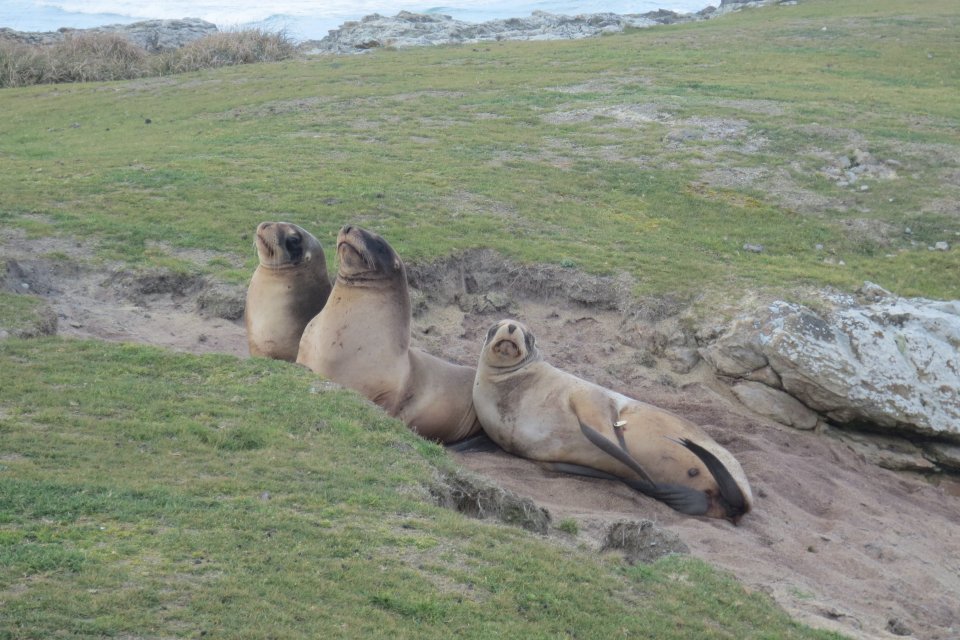
Ko te whakahao te hoa kakari o Te Wera
A sea lion was the only thing that frightened Te Wera
Te Wera, a chief from Ngāi Tahu, was this tough guy, not afraid of battles. But guess what? The one thing that scared him was meeting a whakahao, a big male sea lion. Shows you these sea lions weren't an everyday sight. Pakake don't mind people, but whakahao are huge, like 300 to 450kg huge, and can be nosy. So, it makes sense to be a bit scared of these big dudes.
But hey, as people got to know them, turns out they're not a threat as long as you don't mess with them. They're like sea dogs, all curious and playful. The young males can be like mischievous teenagers, chasing people around. And the kake? Super protective of their pups – don't mess with them.
There's this old saying about fur seals that fits sea lions too:
Kaua e hopuhia te whiore o te kekeno, kei ngau koe i te taniwha!
Don’t go grabbing the tail of the kekeno, you might get bitten by a taniwha!
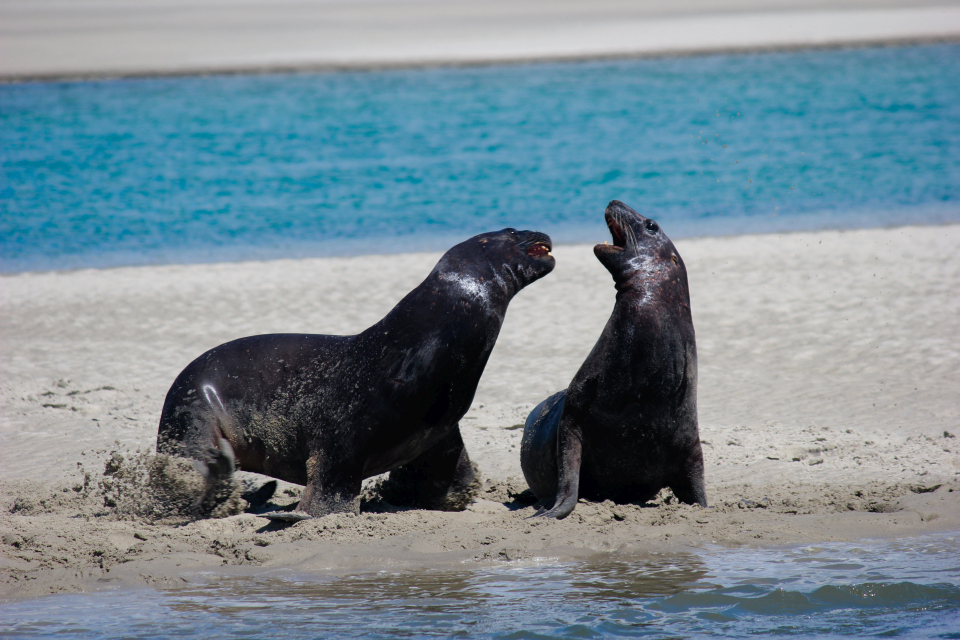
From archaeological and written records, we can tell that Māori used pakake for food and tools. They were even part of Ngāi Tahu's early migration history. Sneaky moves were used by Ngāi Tahu when attacking two Ngāti Māmoe pā: Peketā on the Kaikōura coast, and Matauira Pā at Preservation Inlet in Fiordland. In both cases, a person camouflaged as a seal or sea lion in the water in order to draw their enemies unwittingly out of the pā. Tricky, right? These traditions show a strong association with pakake.
But there’s more to learn. Even though old writings and records tell us stuff, we need to dig into rock art, whakairo (carving), and other mahi toi (art) to see more about the bond between Ngāi Tahu and sea lions.
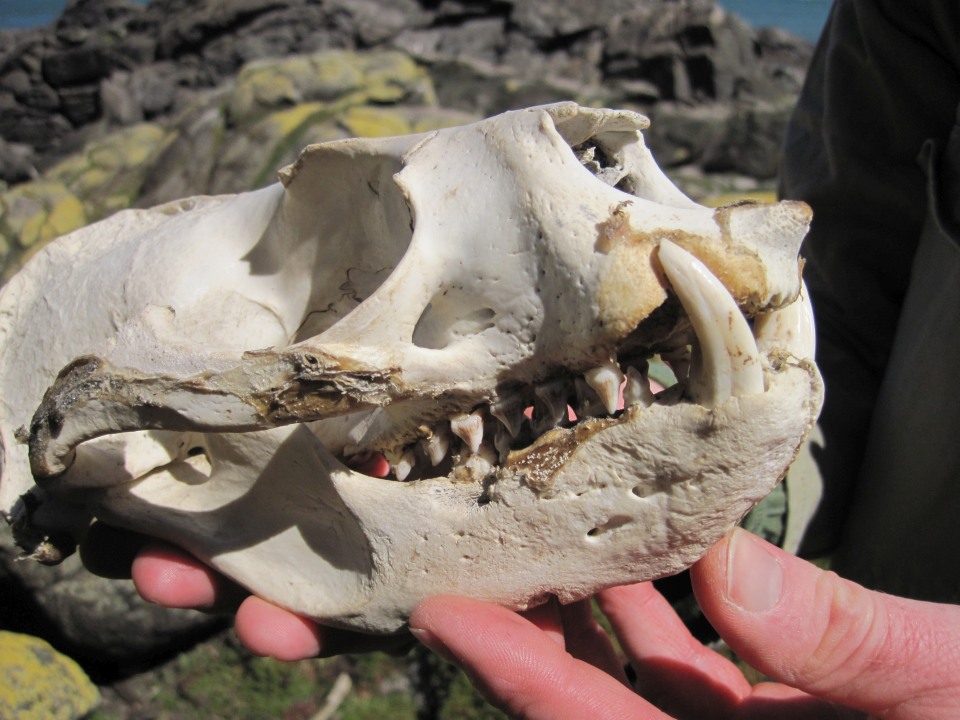
Some place names in the South reveal Māori interest in sea lions. Like Whakawai-pakake, or Back Beach in Karitāne, which means enticing seals. Takipakake, below the lighthouse on Rakiura Stewart Island, tells a story about young seals mourning when their mothers got killed. There’s also Te Ara Kake, meaning the path of a female seal which is the traditional name for Lowry’s Beach, near The Neck in Rakiura.
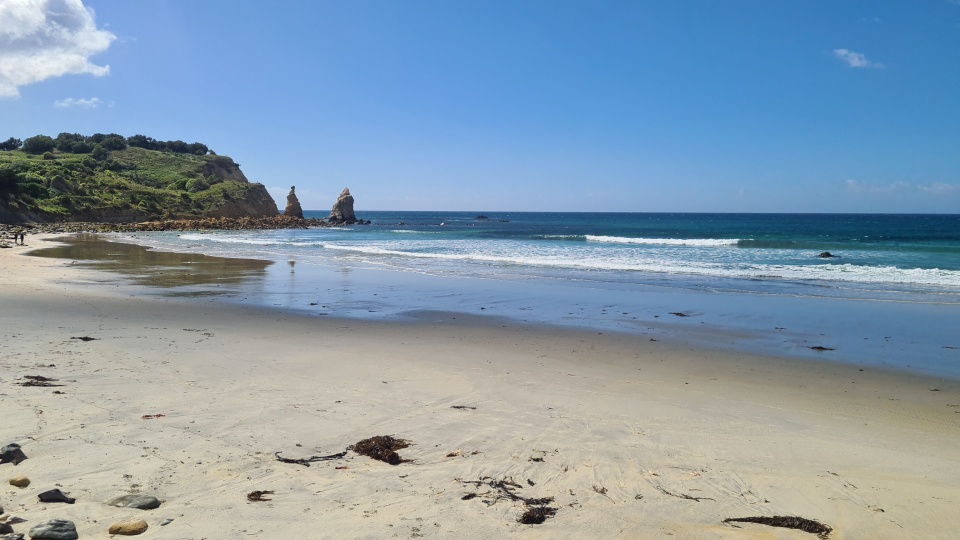
Ngāi Tahu whānui are active in practicing kaitiakitanga, responding to threats and restoring habitats. These responses are driven by a sense of connection and responsibility for all taoka species.
Pakake are just one of many taoka species under threat, so the health of the whole marine ecosystem needs to be taken into account when working with pakake. This holistic approach is key to maintaining and enhancing the mauri or life force of coastal habitats and helping all species thrive, including people.
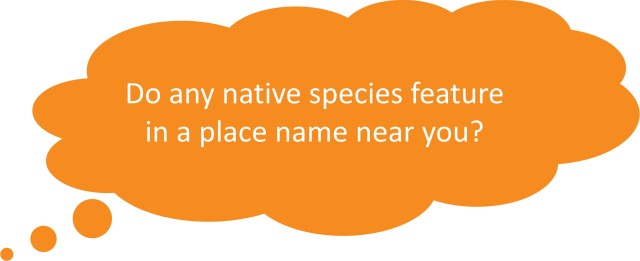
Have a go at the Mātauraka Māori and pakake quiz.